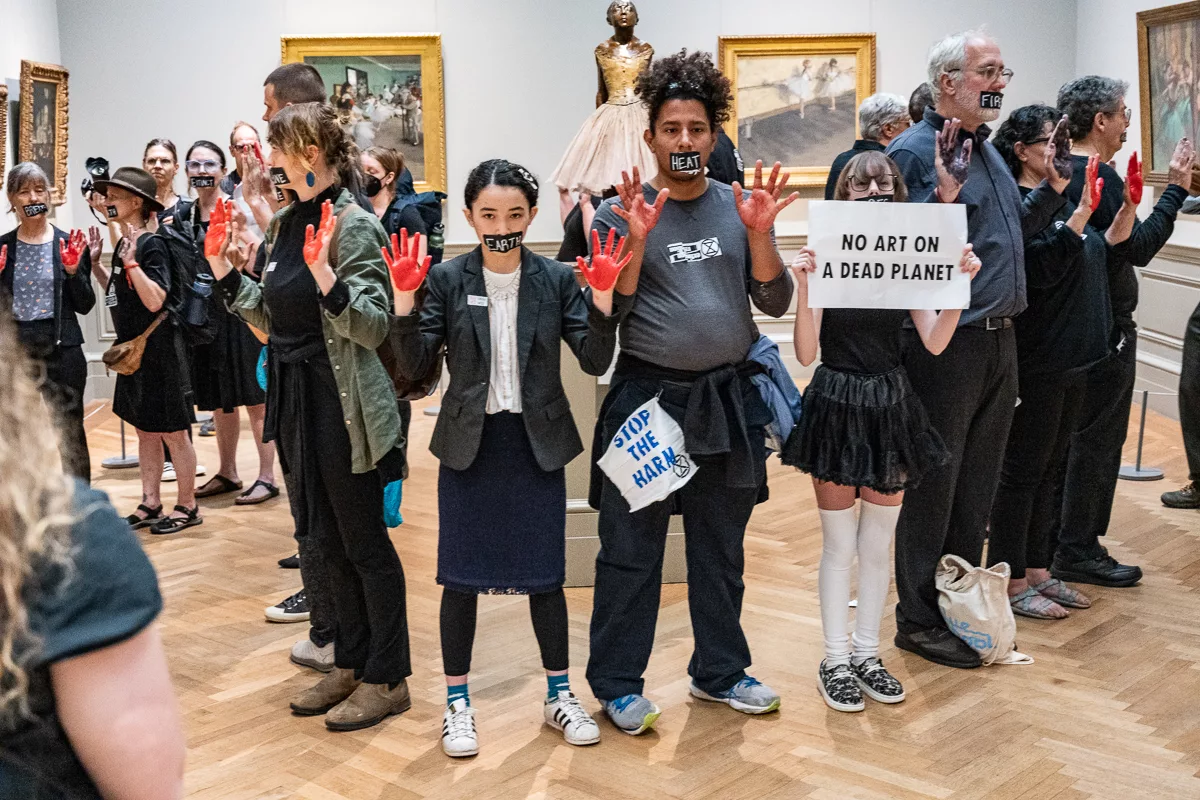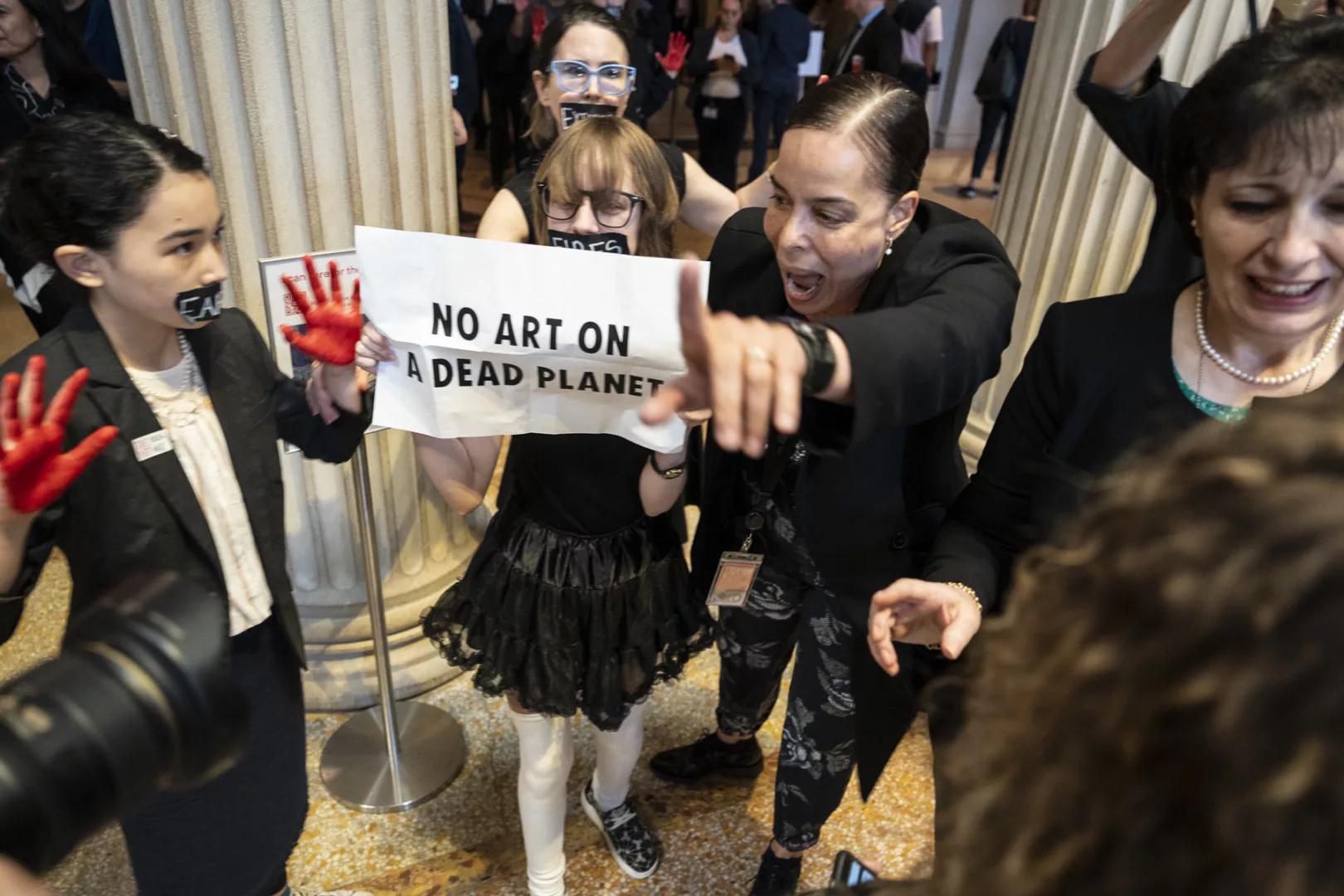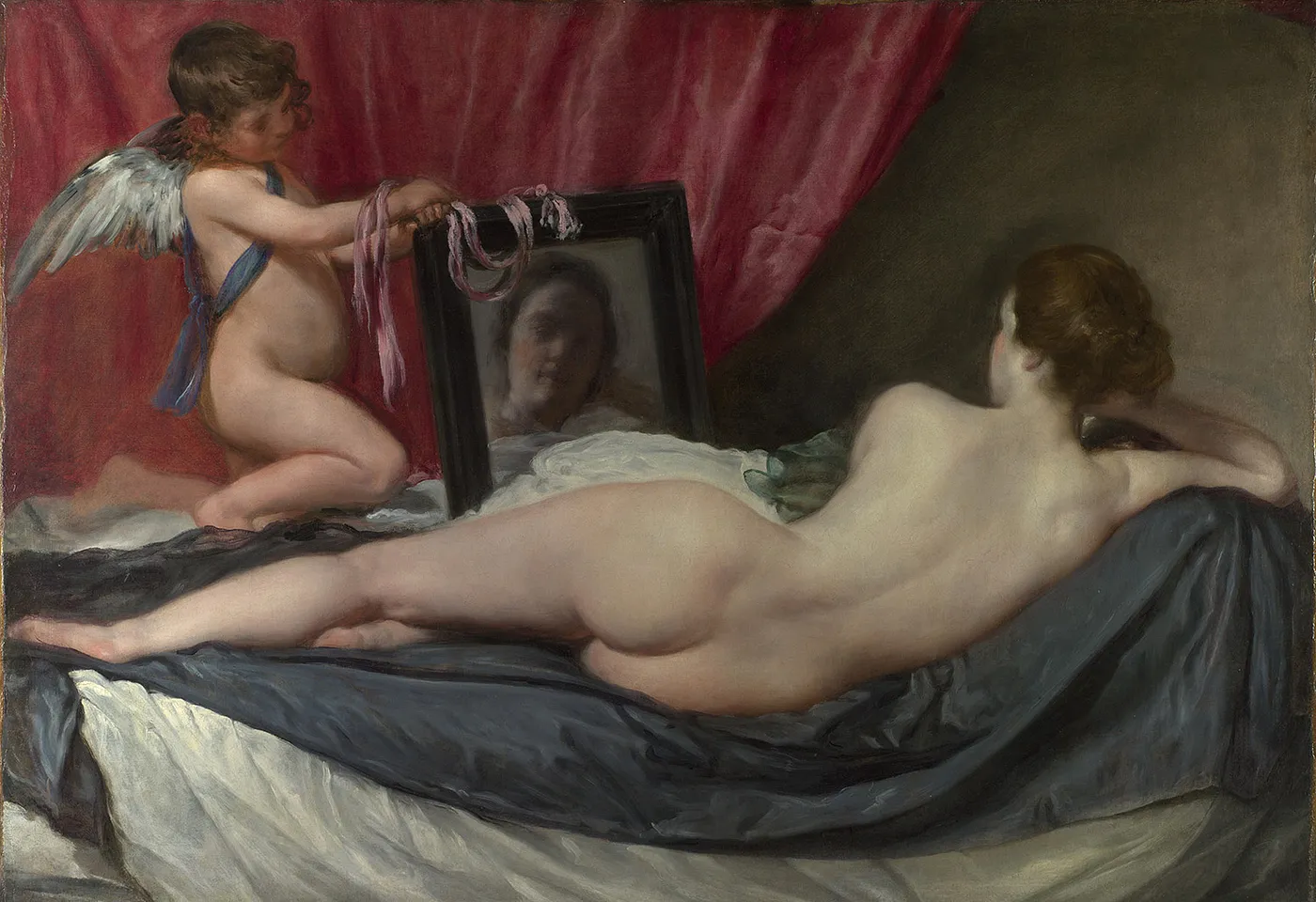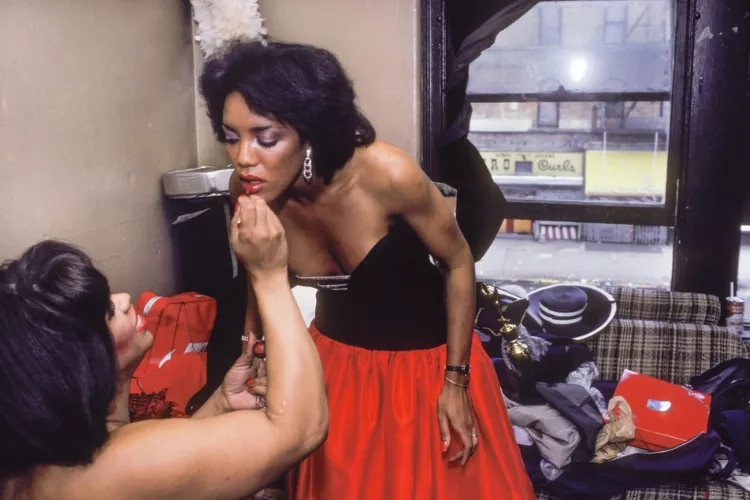
Climate activism is taking an unexpected turn with its latest trend: targeting the world of art to make a bold statement about climate change. This tactic is more than just a protest; it’s a dramatic call to action, utilizing high-profile masterpieces to draw global attention to the environmental crisis.
The backdrop for this phenomenon is the increasing concern about climate change. According to a 2021 Pew Research Center survey a mere 6% of those who care about the climate crisis participate in protests. However, a small yet impactful segment of activists is choosing a more theatrical and controversial approach. They’re focusing their efforts on renowned works of art in museums around the world.

Exploring recent ‘art attacks’
Just Stop Oil and Extinction Rebellion have been at the forefront of this trend since at least May 2022. From food to paint and even glue, activists have been targeting high-profile works of art. All done to capture the attention of those around them.
In October 2022, Just Stop Oil activists famously hurled canned tomato soup at Van Gogh’s ‘Sunflowers’ in the National Gallery in London. The aim? To shock and provoke discussion about the climate emergency.
Similarly, a group of Extinction Rebellion activists made headlines at the Metropolitan Museum of Art in New York. They stood before the ‘Little Dancer Aged Fourteen’ statue, their hands stained red and mouths sealed with black tape marked with words like ‘HEAT’, ‘WILDLIFE’, ‘FIRES’, ‘DEATH’, and ‘FAMINE’.
The protestors were standing in solidarity with two other activists, Joanna Smith and Tim Martin, who were charged after smearing paint on the glass and frame of a sculpture at the National Gallery of Art.
These protests have spanned continents. In Melbourne, Australia, Extinction Rebellion protesters glued their hands to Picasso’s ‘Massacre en Corée’. In a museum in Potsdam, Germany, a Claude Monet painting was splattered with mashed potatoes. Each incident, while ensuring the artwork remained undamaged, left a lasting impression. They also ignited global debates about climate action and the role of activism.
Exploring the message
While the artwork has largely gone unscathed, there is a notable alarm from museums. In 2022 a joint statement by gallery and museum directors stated: “In recent weeks, there have been several attacks on works of art in international museum collections. The activists responsible for them severely underestimate the fragility of these irreplaceable objects, which must be preserved as part of our world cultural heritage.” Museum directors have undoubtedly been left shaken by the events. However, activists’ intentions are not to harm valuable pieces — simply to draw attention to the climate crisis.
Using Art to highlight issues is Not a new concept


Such actions are not without historical precedent. In March 1914, suffragette Mary Richardson walked into London’s National Gallery and slashed Velázquez’s ‘The Toilet of Venus’ . Ths was in protest against the arrest of Emmeline Pankhurst. Richardson said she targeted the work because of it’s value as well as because of “the way men visitors gaped at it all day long.” Fast forward to February 1974, Iranian artist Tony Shafrazi spray-painted ‘Kill Lies All’ on Picasso’s ‘Guernica’ at New York’s MoMA. He did this in reaction to President Nixon’s pardoning of William Calley Jr., the only U.S. Army officer to go on trial for the My Lai Massacre of 1968. When asked why he did it, Shafrazi noted: “I’m an artist, and I wanted to tell the truth.” This statement rings true for many climate activists today as well.
Going beyond the museums
These protests extend beyond the confines of museums. Sporting events have become stages for environmental advocacy. At the 2022 French Open a protestor ran out onto the court during the men’s semifinal match then chained herself to the net post with metal wire and glue. She wore a shirt with the message “We have 1028 days left” – a reference to a U.N. Climate Report deadline. “It was an act of desperation,” the protestor remarked. “I wanted to open viewers’ eyes to the reality that we’re all going to die if we don’t do something about the climate crisis. There will be no tennis in 10 years.”

Similarly, the 2023 U.S. Open saw a protest involving three activists, one of whom glued his feet to the floor. Tennis star Coco Gauff, though disrupted by the protest, recognized the importance of such activism, acknowledging the urgency of the climate crisis.
“I believe in climate change,” the 19-year-old Gen Z tennis star told reporters. Gauff’s reaction stands out among those who get angered or annoyed when it comes to climate protests and reminds us about the underlying message of such demonstrations. “Moments like this are history-defining moments. I wasn’t [ticked off] at the protestors,” she said, noting: “I always speak about preaching what you believe in. It was done in a peaceful way, so I can’t get too mad at it.”
The reactions to these protests are mixed. Museum and gallery directors have expressed deep concern for the safety of irreplaceable artworks, emphasizing their cultural and historical value. Activists, on the other hand, argue that their actions are symbolic, aimed at drawing attention to a greater cause without intending harm to the artworks. This dichotomy poses a critical question: how far can one go to draw attention to a cause without crossing ethical boundaries?
These art attacks, though controversial, have succeeded in one crucial aspect – they have amplified the conversation about climate change. Whether through shock, dismay, or admiration, they compel the public to confront the reality of the environmental crisis. The message is clear and resonates with a sense of urgency: climate change is a pressing issue that demands immediate action.
–Briana Hilton
Related Articles






